UNC Awards Nobel Physicist Peter Higgs an Honorary Degree
Peter Higgs, professor emeritus in the School of Physics and Astronomy at the University of Edinburgh, was presented with an Honorary Degree of Doctor of Science from the University of North Carolina at Chapel Hill during a ceremony at the … Read more

